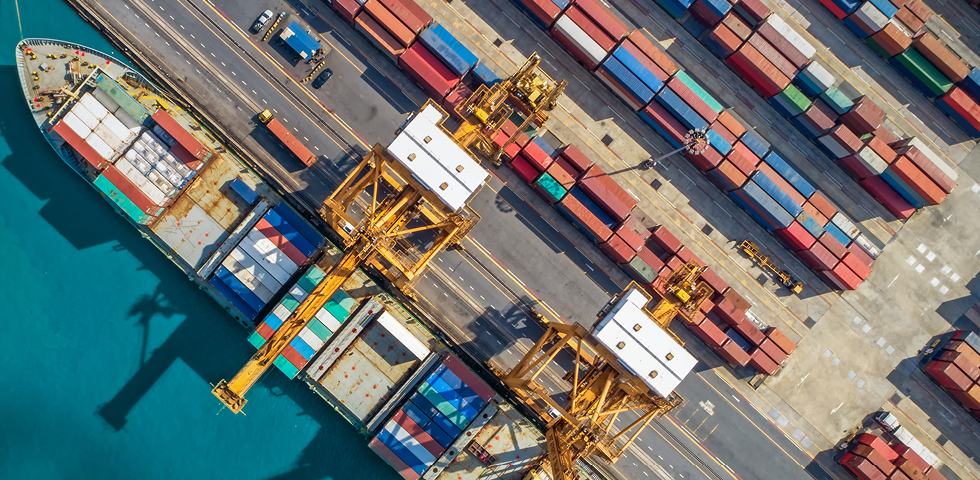Neo-Eco has developed a low-carbon cement binder from clay excavated during the Grand Paris Express project. The process, developed at IMT Nord Europe, involves flash-calcination at about 700°C, allowing it to replace part of the clinker and emit approximately five times less CO2 than traditional methods. Neo-Eco’s director, Christophe Deboffe, said that this new ingredient could constitute 30% of cement, maintaining the cost similar to traditional binders.
To commercialise this breakthrough, Neo-Eco established Neocem, a subsidiary based near Lille. Neocem has raised €23m to build a production plant in Saint-Maximin, Oise. Strategically located near waterways and Île-de-France, the plant will directly receive excavated materials from the Société du Grand Paris.
Starting in 2025, the facility will produce 100,000t/yr of flash-calcined clay, with potential to double its capacity in the future. Deboffe sees this as just the beginning, planning to establish more plants across France and Europe to meet the cement and ready-mix concrete industry’s demand.
The clay supply is estimated to exceed 100Mt, ensuring a sustainable and ample source for the binder.
The facility is supported by the French government’s ‘Première usine’ initiative under the France 2030 investment plan, with funding from investors like Bpifrance and CB Green. CB Green, based in Calais, is also developing a limestone filler production plant in Dunkerque with Ecocem, pointing to a future where cement could be composed equally of flash-calcined clay, limestone filler, and clinker. Bottom of Form





